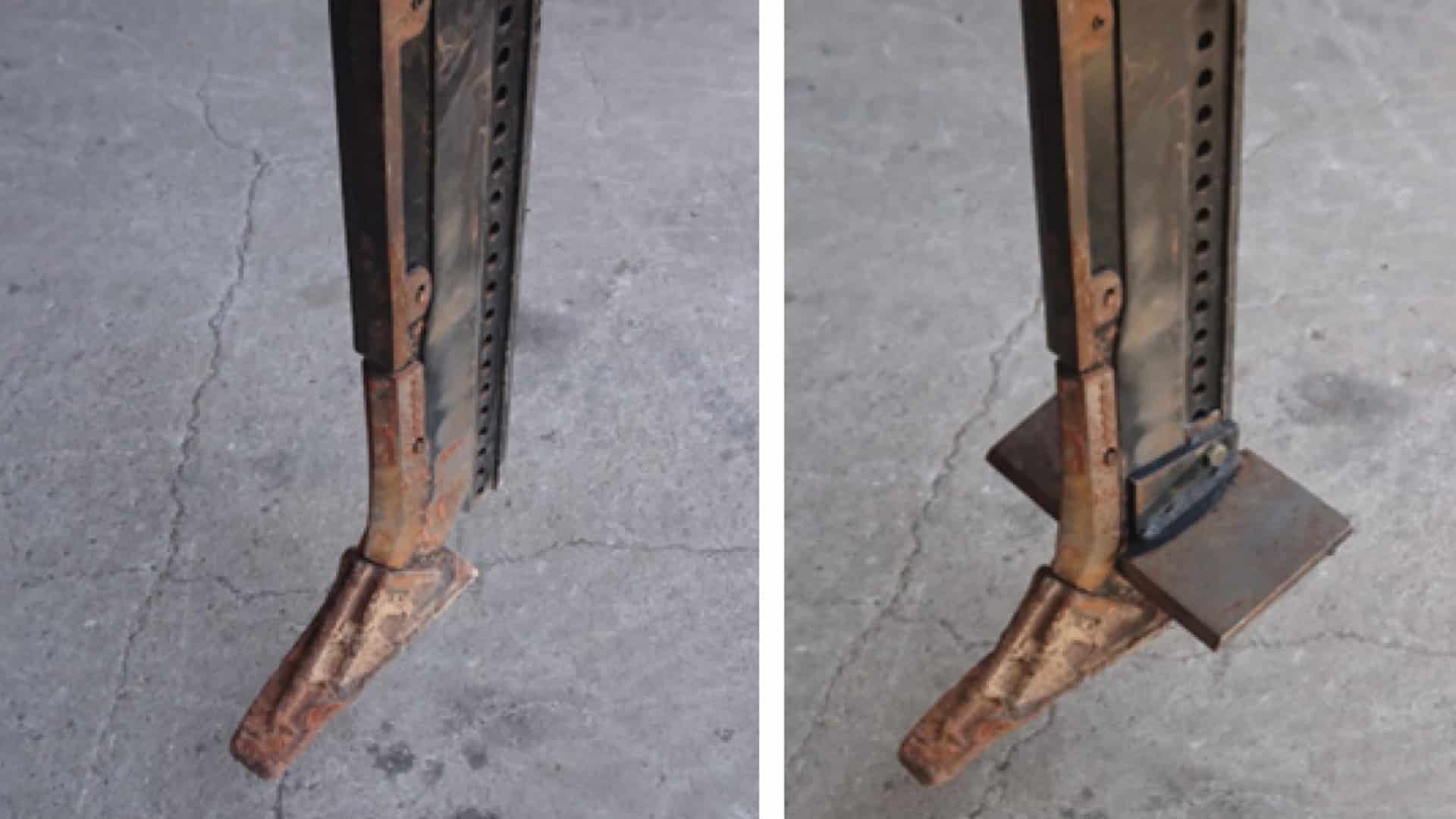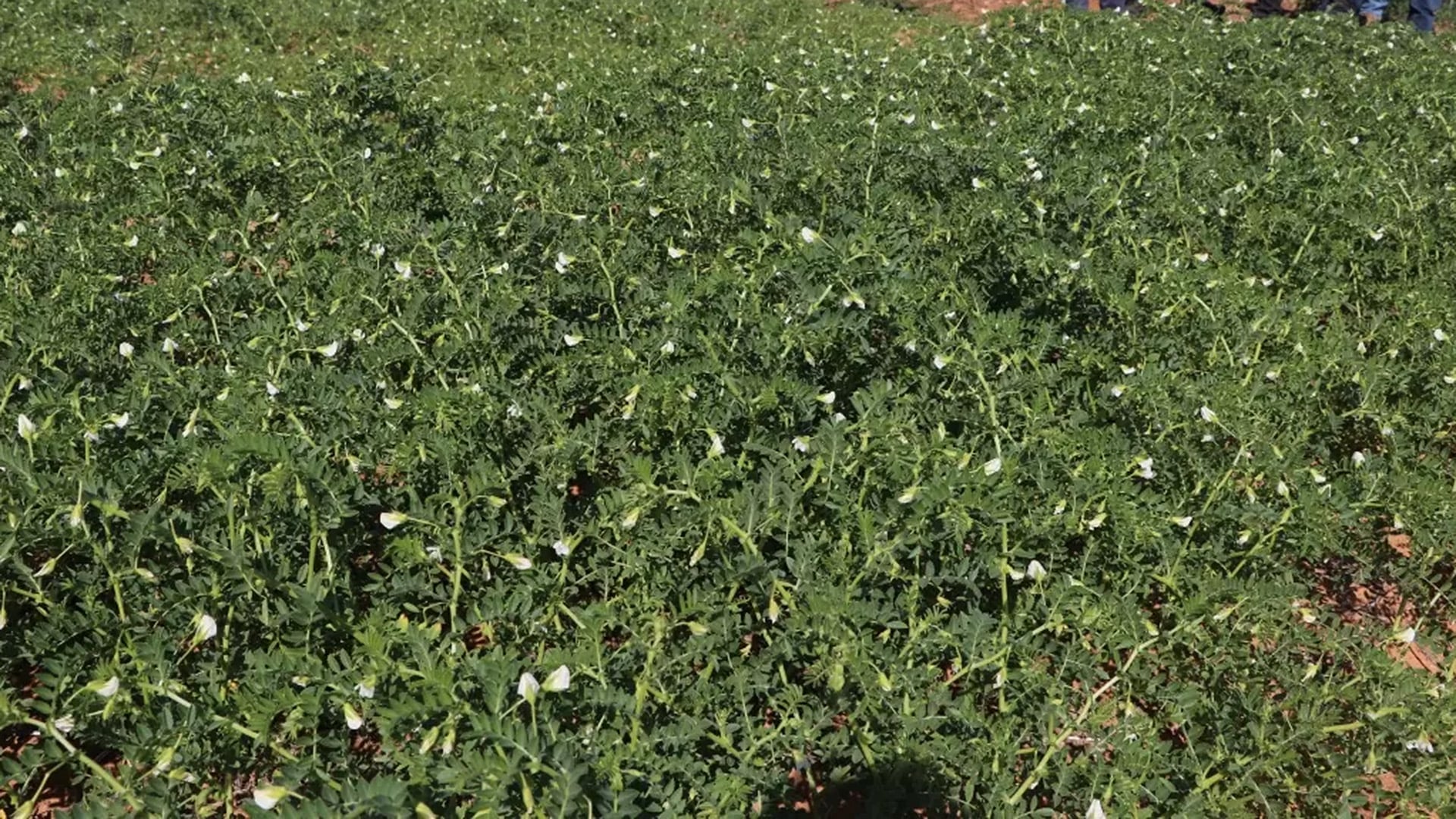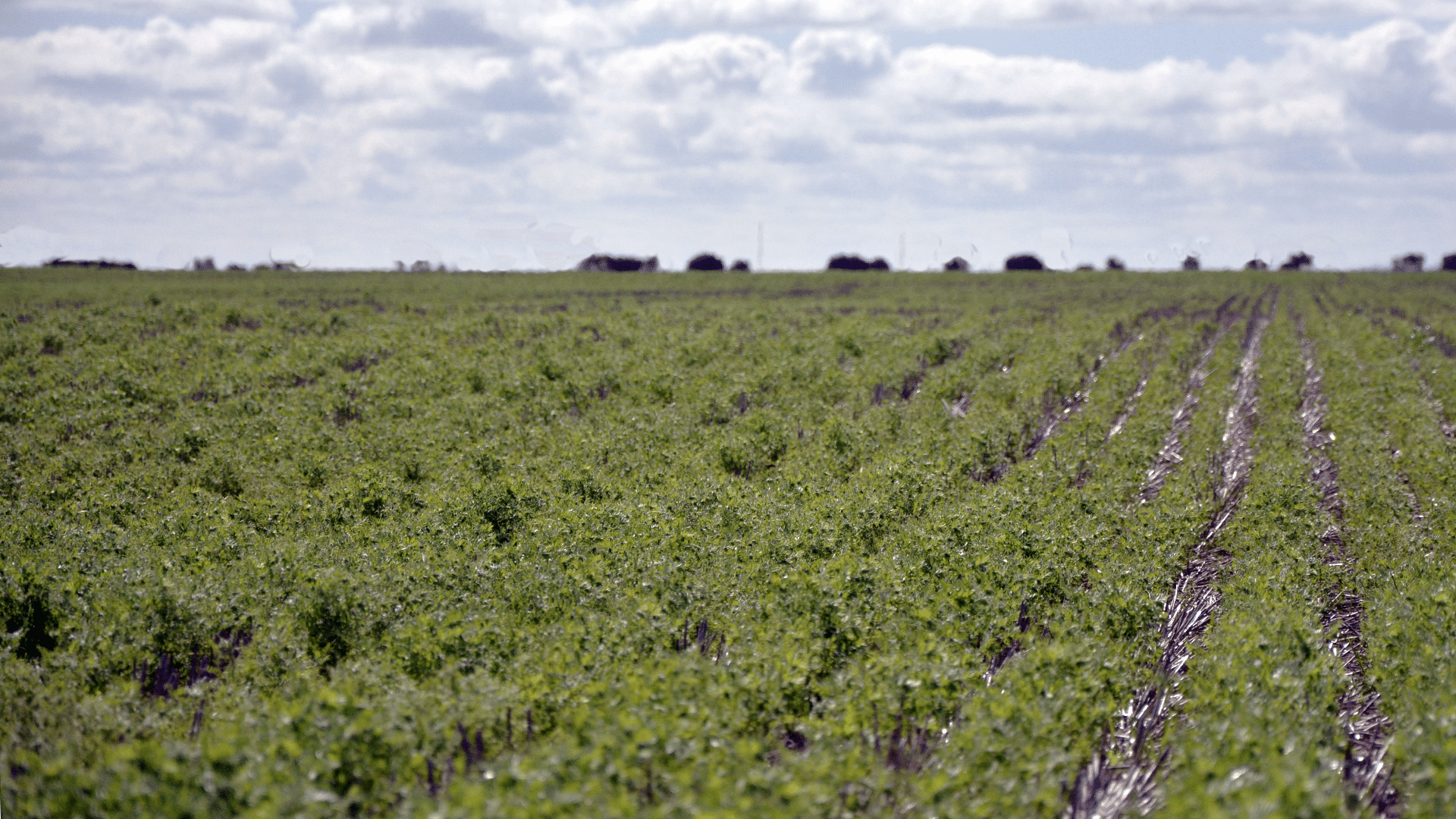START
FINISH
Summary
The Society of Precision Agriculture Australia produced a total of six factsheets and one poster on a variety of topics or innovations where information had been previously viewed as too overwhelming or not easy to attain.
1000 copies of each were printed and additional copies were made available free of charge from online sources including the SPAA website.
The project was viewed as a success, with positive feedback received from factsheet recipients.
Background
The Society of Precision Agriculture is viewed as a trusted source of Precision Agriculture information by the agriculture sector. The production of six new factsheets and a poster disseminates knowledge to the industry, strengthens the support of industry and shows the importance of tools such as these for farming businesses.
The factsheets focused on information and topics that had been viewed as hard to understand and obtain. The factsheets focused on tried and tested experiences to bridge this knowledge gap, profiling successful adopters of certain innovations.
The case studies provided tips and advice on successful adoption and outlined how challenges and common issues were overcome.
Research Aims
The core objectives of the project were to:
• To increase the effective use and adoption of precision agriculture systems by grain growers across Australia, but predominantly in South Australia.
• To ensure that Precision Ag users are continuously challenged and engaged with up-to-date and relevant information.
• To ensure new Precision Ag users are supported into their journeys with farm innovations.
• To broaden the application of precision agriculture to ensure farm business triple bottom line goals are achieved and technologies are best applied in efficient and correct manner.
In The Field
The topics of the factsheets were Weed Sensing, Airborne Imagery, Understanding Maps, UAVs, Nitrogen Sensing and Soil Sensing, with each factsheet consisting of technical detail and an associated case study.
Factsheets were posted to all SPAA members, distributed through social media networks, posted to seven SA farming systems groups and made available on the SPAA website.
Results
Feedback from the factsheets was positive, including from corporate supporters and farming systems groups across SA and interstate.
There were also approximately ten downloads a month of factsheets from the SPAA website, with analytics showing increasing downloads upon the announcement of the factsheet release.
Its distribution went national to farming groups, with news print coverage also being achieved in The Weekly Times.
Project Participants
SPAA: Nicole Dimos, SPAA Editorial and Communications Committee
Rural Directions: Richard Saunders; MediaRoo: Alex Milner Smyth; Cindy Benjamin
The Problem
Information on certain precision agriculture topics being difficult to attain or too overwhelming.
The research
Making factsheets and a poster on precision agriculture topics to disseminate to growers.
More information
Society of Precision Agriculture Australia
E: [email protected]
Value for Growers
The factsheets contained valuable information on weed sensing, airborne imagery, understanding maps, UAVs, nitrogen sensing and soil sensing in a format that was both easy to understand and easy to apply.
All SPAA members received factsheets, as well as several farming systems groups, and the material was made available on the SPAA website and social media networks.



